-
 Bitcoin
Bitcoin $116400
-0.36% -
 Ethereum
Ethereum $4033
3.40% -
 XRP
XRP $3.302
-1.26% -
 Tether USDt
Tether USDt $1.000
-0.02% -
 BNB
BNB $796.1
1.67% -
 Solana
Solana $177.8
1.89% -
 USDC
USDC $0.9999
0.00% -
 Dogecoin
Dogecoin $0.2314
4.09% -
 TRON
TRON $0.3381
0.14% -
 Cardano
Cardano $0.7989
1.22% -
 Stellar
Stellar $0.4496
-1.84% -
 Chainlink
Chainlink $20.42
9.42% -
 Hyperliquid
Hyperliquid $41.17
0.88% -
 Sui
Sui $3.914
3.77% -
 Bitcoin Cash
Bitcoin Cash $584.7
1.52% -
 Hedera
Hedera $0.2632
-0.54% -
 Avalanche
Avalanche $24.09
3.40% -
 Ethena USDe
Ethena USDe $1.001
-0.02% -
 Litecoin
Litecoin $123.2
1.33% -
 Toncoin
Toncoin $3.318
-0.04% -
 UNUS SED LEO
UNUS SED LEO $8.984
-0.05% -
 Shiba Inu
Shiba Inu $0.00001323
2.85% -
 Uniswap
Uniswap $10.90
4.41% -
 Polkadot
Polkadot $3.999
3.34% -
 Dai
Dai $1.000
0.01% -
 Cronos
Cronos $0.1630
9.64% -
 Bitget Token
Bitget Token $4.484
0.82% -
 Monero
Monero $272.4
2.44% -
 Pepe
Pepe $0.00001173
6.03% -
 Aave
Aave $290.8
2.88%
How to operate Bybit's leveraged trading?
Bybit's leveraged trading amplifies profits and risks; understand margin, liquidation, and use stop-losses to manage potential losses effectively.
Mar 31, 2025 at 03:28 am
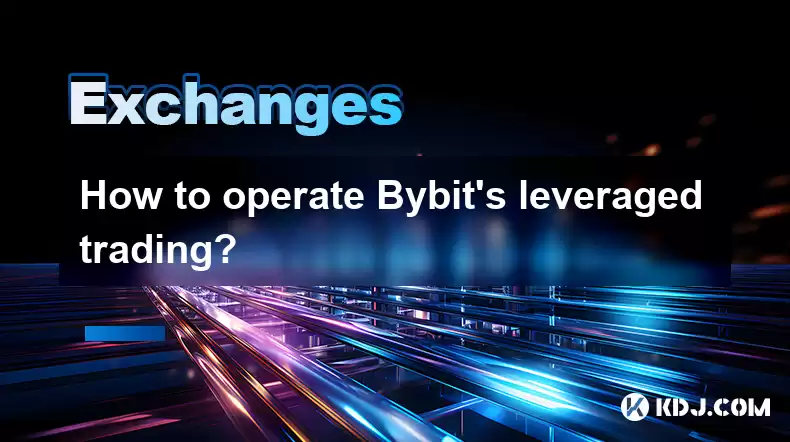
Understanding Bybit's Leveraged Trading
Bybit is a popular cryptocurrency exchange known for its leveraged trading offerings. Leveraged trading allows you to amplify your potential profits, but it also significantly increases your risk of losses. Before engaging in leveraged trading on Bybit, it's crucial to understand the mechanics and associated risks. This guide will walk you through the process, explaining the key steps and considerations.
Opening a Bybit Account and Funding
First, you need a Bybit account. Visit the Bybit website and follow the registration process. You'll need to provide some personal information and verify your email address and potentially your phone number. Once registered, you'll need to fund your account. Bybit supports various cryptocurrencies for deposits. Choose your preferred method and transfer the funds from your external wallet. Remember to always double-check the deposit address to avoid irreversible loss of funds.
Choosing Your Trading Pair and Leverage
Bybit offers a wide range of cryptocurrency trading pairs. Select the pair you want to trade based on your market analysis and risk tolerance. A crucial aspect of leveraged trading is selecting the leverage. Leverage magnifies both profits and losses. Higher leverage means higher potential returns but also higher risk of liquidation. Start with lower leverage until you gain experience and confidence. Bybit allows you to adjust your leverage for each trade individually.
Placing a Leveraged Order
After selecting your trading pair and leverage, it's time to place your order. Bybit offers various order types, including market orders (executed immediately at the current market price) and limit orders (executed only when the price reaches your specified level). Understand the difference between long (buy) and short (sell) positions. A long position anticipates price increases, while a short position anticipates price decreases. Clearly define your entry and exit strategies before placing any order.
Understanding Margin and Liquidation
Leveraged trading uses margin, which is the amount of your own funds you put up as collateral. Your margin requirement will depend on your chosen leverage and the price movement of the asset. If the market moves against your position and your margin falls below the maintenance margin, your position is at risk of liquidation. Liquidation means Bybit automatically closes your position to prevent further losses. This can result in significant losses, exceeding your initial investment.
Managing Risk and Protecting Your Capital
Risk management is paramount in leveraged trading. Never invest more than you can afford to lose. Utilize stop-loss orders to automatically close your position if the price moves against you by a certain amount. This helps limit potential losses. Furthermore, diversify your portfolio and avoid over-leveraging. Regularly review your trading performance and adjust your strategy as needed.
Understanding Fees and Charges
Bybit charges trading fees on both opening and closing positions. These fees vary depending on the trading pair and your trading volume. Understanding the fee structure is essential for accurate profit calculation. Check Bybit's fee schedule to understand the cost implications of your trades. These fees can eat into your profits, especially with frequent trading.
Using Bybit's Trading Interface
Bybit provides a user-friendly trading interface, but it’s crucial to familiarize yourself with its features. Understand how to place orders, manage your positions, and monitor your account balance. Bybit offers tutorials and demo accounts to practice leveraged trading without risking real funds. Take advantage of these resources before using real money. Practice until you feel comfortable navigating the platform and placing trades confidently.
Advanced Leveraged Trading Strategies
More advanced strategies involve techniques like hedging and arbitrage. Hedging involves taking offsetting positions to reduce risk. Arbitrage involves exploiting price differences between different exchanges. These strategies are more complex and require a deeper understanding of market dynamics. Only attempt these strategies after gaining significant experience in basic leveraged trading. Thorough research and risk management are crucial.
Step-by-Step Guide to Placing a Long Position
- Choose your trading pair (e.g., BTC/USDT).
- Select your desired leverage (e.g., 10x).
- Specify the amount of cryptocurrency you want to buy.
- Choose a market or limit order type.
- Click the "Buy/Long" button to execute the order.
- Monitor your position and adjust your stop-loss if needed.
Step-by-Step Guide to Placing a Short Position
- Choose your trading pair (e.g., BTC/USDT).
- Select your desired leverage (e.g., 10x).
- Specify the amount of cryptocurrency you want to sell.
- Choose a market or limit order type.
- Click the "Sell/Short" button to execute the order.
- Monitor your position and adjust your stop-loss if needed.
Frequently Asked Questions
Q: What is liquidation in leveraged trading?
A: Liquidation is when Bybit automatically closes your position because your margin falls below the maintenance margin. This happens when the market moves against your position, resulting in potential significant losses.
Q: How can I minimize the risk of liquidation?
A: Use stop-loss orders to automatically close your position if the price moves against you by a certain amount. Avoid over-leveraging and diversify your portfolio. Thoroughly understand the risks involved before engaging in leveraged trading.
Q: What are the fees associated with leveraged trading on Bybit?
A: Bybit charges trading fees on both opening and closing positions. The specific fees depend on the trading pair and your trading volume. Check Bybit's fee schedule for details.
Q: What is the difference between a long and short position?
A: A long position anticipates price increases, while a short position anticipates price decreases. A long position involves buying, while a short position involves selling borrowed assets.
Q: Can I practice leveraged trading without risking real money?
A: Yes, Bybit offers demo accounts that allow you to practice leveraged trading with virtual funds before using real money. This is highly recommended for beginners.
Q: What is the maximum leverage offered by Bybit?
A: The maximum leverage offered by Bybit varies depending on the trading pair and other factors. It is advisable to check the platform for the most up-to-date information on leverage limits. However, it's important to remember that higher leverage significantly increases risk.
Disclaimer:info@kdj.com
The information provided is not trading advice. kdj.com does not assume any responsibility for any investments made based on the information provided in this article. Cryptocurrencies are highly volatile and it is highly recommended that you invest with caution after thorough research!
If you believe that the content used on this website infringes your copyright, please contact us immediately (info@kdj.com) and we will delete it promptly.
- Maxi Doge Presale: The Meme Coin That's Pumping Iron and Prices!
- 2025-08-09 19:10:11
- Rare Coin Warning: Don't Get Fooled by That 1p Coin!
- 2025-08-09 18:50:12
- Cardano, Unilabs, and Tron Price: Decoding the Latest Crypto Buzz
- 2025-08-09 18:30:12
- Aerodrome Finance: Price Targets and the Bullish Channel - What's Next?
- 2025-08-09 18:50:12
- BlackRock and the Crypto ETF Landscape: No XRP (Yet!), But What's Next?
- 2025-08-09 19:10:11
- Rare Coin Frenzy: eBay Sees 2p Coin Listed for Over £2K!
- 2025-08-09 18:55:11
Related knowledge
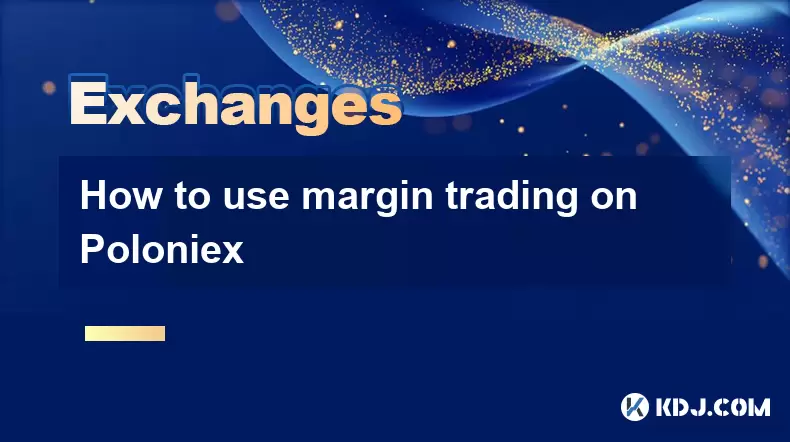
How to use margin trading on Poloniex
Aug 08,2025 at 09:50am
Understanding Margin Trading on Poloniex
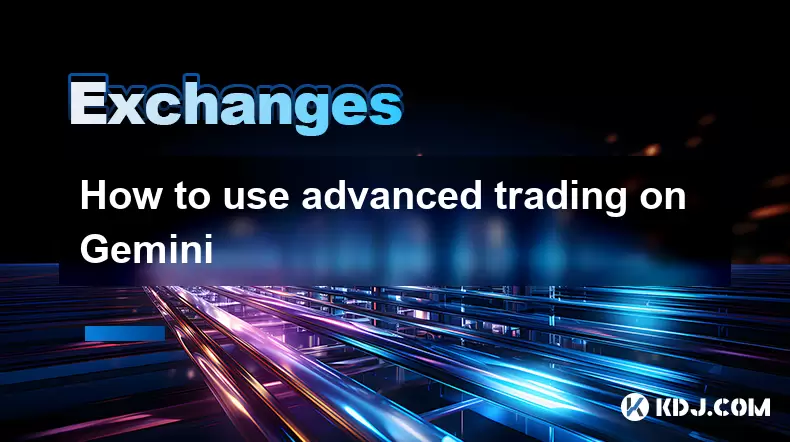
How to use advanced trading on Gemini
Aug 08,2025 at 04:07am
Understanding Advanced Trading on GeminiAdvanced trading on Gemini refers to a suite of tools and order types designed for experienced traders who wan...
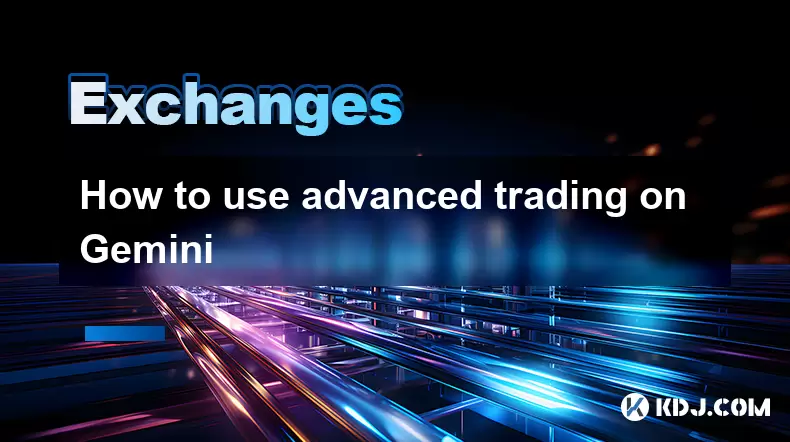
How to use advanced trading on Gemini
Aug 08,2025 at 10:56pm
Understanding Advanced Trading on GeminiAdvanced trading on Gemini refers to the suite of tools and order types available on the Gemini ActiveTrader p...
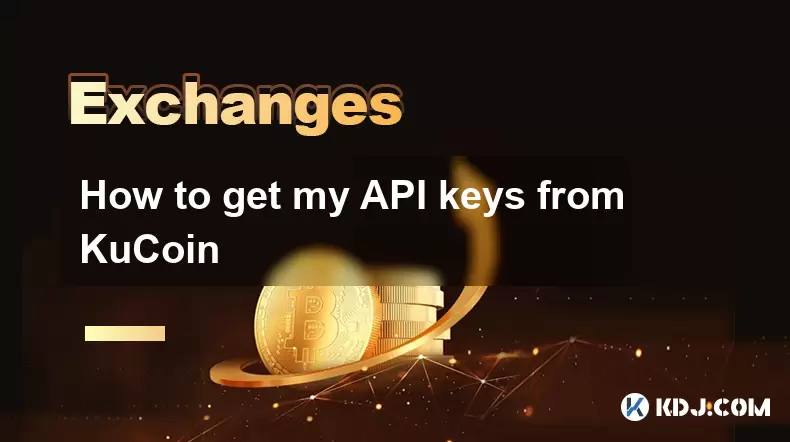
How to get my API keys from KuCoin
Aug 08,2025 at 06:50pm
Understanding API Keys on KuCoinAPI keys are essential tools for users who want to interact with KuCoin's trading platform programmatically. These key...
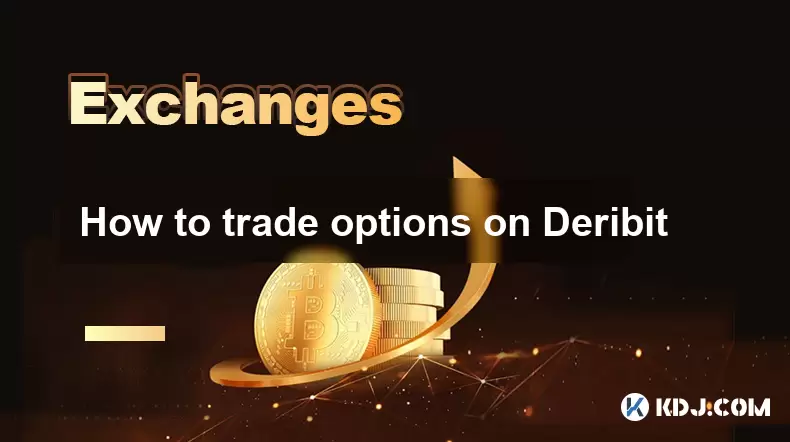
How to trade options on Deribit
Aug 09,2025 at 01:42am
Understanding Deribit and Its Options MarketDeribit is a leading cryptocurrency derivatives exchange that specializes in Bitcoin (BTC) and Ethereum (E...
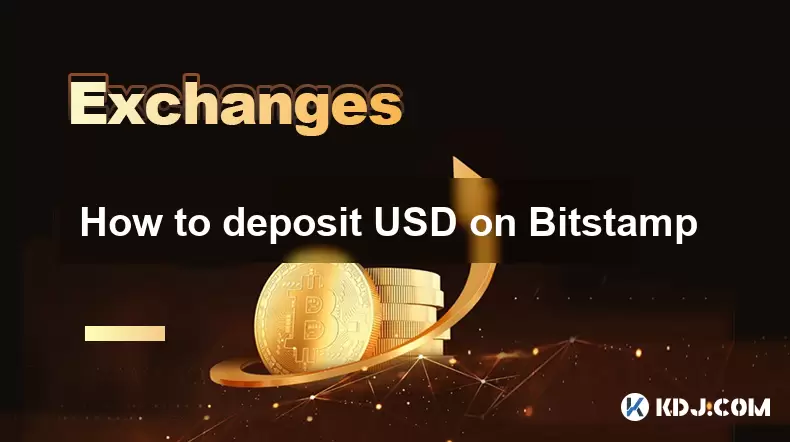
How to deposit USD on Bitstamp
Aug 07,2025 at 05:18pm
Understanding Bitstamp and USD DepositsBitstamp is one of the longest-standing cryptocurrency exchanges in the industry, offering users the ability to...

How to use margin trading on Poloniex
Aug 08,2025 at 09:50am
Understanding Margin Trading on Poloniex

How to use advanced trading on Gemini
Aug 08,2025 at 04:07am
Understanding Advanced Trading on GeminiAdvanced trading on Gemini refers to a suite of tools and order types designed for experienced traders who wan...

How to use advanced trading on Gemini
Aug 08,2025 at 10:56pm
Understanding Advanced Trading on GeminiAdvanced trading on Gemini refers to the suite of tools and order types available on the Gemini ActiveTrader p...

How to get my API keys from KuCoin
Aug 08,2025 at 06:50pm
Understanding API Keys on KuCoinAPI keys are essential tools for users who want to interact with KuCoin's trading platform programmatically. These key...

How to trade options on Deribit
Aug 09,2025 at 01:42am
Understanding Deribit and Its Options MarketDeribit is a leading cryptocurrency derivatives exchange that specializes in Bitcoin (BTC) and Ethereum (E...

How to deposit USD on Bitstamp
Aug 07,2025 at 05:18pm
Understanding Bitstamp and USD DepositsBitstamp is one of the longest-standing cryptocurrency exchanges in the industry, offering users the ability to...
See all articles

























































































